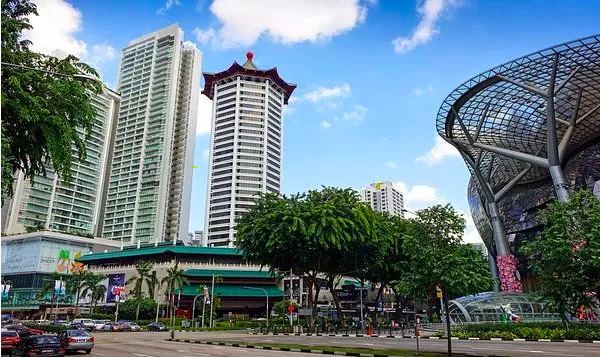
Singapore prime retail rents to drop 15% in H1 2021
The fall will be front loaded to the first half of 2021 before rents stabilise in the second half.
While we believe that the retail sector had seen the worst of days, the industry is still quite a way from returning to where it left off in 2019, before any whiff of COVID-19. Data from multiple fronts also point towards a long-drawn recovery scenario. From Google’s Mobility Report, we see that their tracking of mobility in the Retail and Recreation category has been improving but somehow sputtered in 2021 once the 2020 year-end school holidays ended.
When the 2020 year-end school holidays ended on 3rd January 2021, from the following day to 7th March 2021, excluding the Chinese New Year (CNY) effects, the average visits to retail and recreation places fell by 2.5 ppts to 84.7%. (This is a percentage of the median baseline number taken for the five-week period from 3rd January to 6th February 2021).
Some observations about the data behaviour captured by Google. These are:
1. The spike in visits to retail and recreational places in the immediate few weeks post-lock down (19th June 2020 onwards) wore off as other matters of urgency took priority. From 19th June 2020 onwards, when shops re-opened and F&B establishments could take in sit-in diners, the climb in mobility was rapid. However, this soon ended as the Primary School Leaving Examination (PSLE) and the usual year end school exams could have restrained visits by both parents and their children.
2. Although there was a step up in mobility when the year-end school holidays began, the rate of recovery was slightly below the period before the run-up to the PSLE.
3. Once schools reopened on 4th January 2021, there was the expected step down in activity. Since that day until 7th March 2021, the only possible influencing factor on the data measurement was the CNY effect. Excluding the fall in activity from the eve to CNY+2 days, the average activity in Phase 3 for 2021 (starting 4th January 2021) was 84.7%. The volatility captured by Google had fallen by 0.3 of a ppt.
Our interpretation using the Google mobility report data is summarised as follows.
1. It may take a few more years before F&B gets back to where it left off in 2019. For F&B, the growth in revenues from takeaways is expected to continue rising strongly. Nevertheless, as physical dine-in accounted for 81% of total revenues, even with the strong growth in online sales, the F&B sector may only return to its industry revenue of about S$900 million in 2019 in the year 2024.
However, as the F&B sector has a very diverse topology encompassing large table dining e.g. those catered to wedding dinners and company D&Ds to small take-away shops, while the industry needs a few more years to recover, we may still have establishments that are raking in better revenues before COVID-19 began. For instance, F&B that are nested in upper middle income housing estates have appealed very strongly to the WFH crowd who patronise such establishments at the end of the workday. On the other hand, ballroom and hotel dining may take a longer time to recover as social distancing measures continue to be enforced for the foreseeable future.
2. The transformation of the physical retail scene is likely to accelerate with sunsetting concepts given a rapid push over the cliff . The buzzword online sales needs no lengthy explanation and all that can be said is that it is going to shift even greater attention from the physical to the digital.
3. The proliferation of apps pertaining to online sales and delivery of low-cost items will be a major distraction for retail landlords. These create impulsive buying which, on an aggregated level, would compete for consumption dollars which would otherwise have gone into the pre-pandemic normal retail expenditures.
4. The re-opening of borders to tourism may benefit Orchard Road malls but may not be beneficial to some retail and F&B establishments. Some of them that are doing exceedingly well now could end up experiencing significant declines in business revenues as people ‘trapped’ in Singapore could now go overseas to spend.
5. As Orchard Road malls rejig their tenant mix to cater to the local crowd, ultimately, they may compete with the suburban malls. The resiliency shown by the latter could just be transient and may ultimately be affected if Orchard Road and other CBD malls attract more local consumers.
6. At this rate of mobility recovery, excluding school holidays or other festive effects, it may take another 245 days or about eight months from 7th March 2021 before mobility activity to retail and recreation returns to the median baseline taken during the period 3rd January to 6th February 2021. This would be around October 2021.
For 2021, we expect retail rents to fall 15% and 10% for prime Orchard Road and Suburban malls with the fall front loaded to 1H/2021. For 2H/2021, we expect rents to remain stable at end 1H/2021 levels.
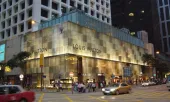

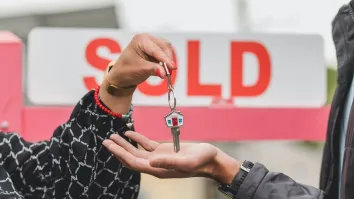
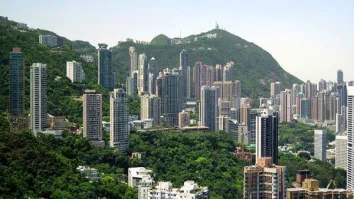

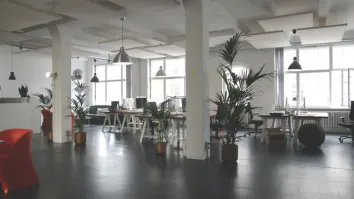
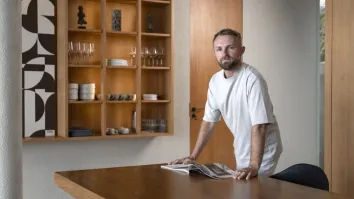












 Advertise
Advertise



